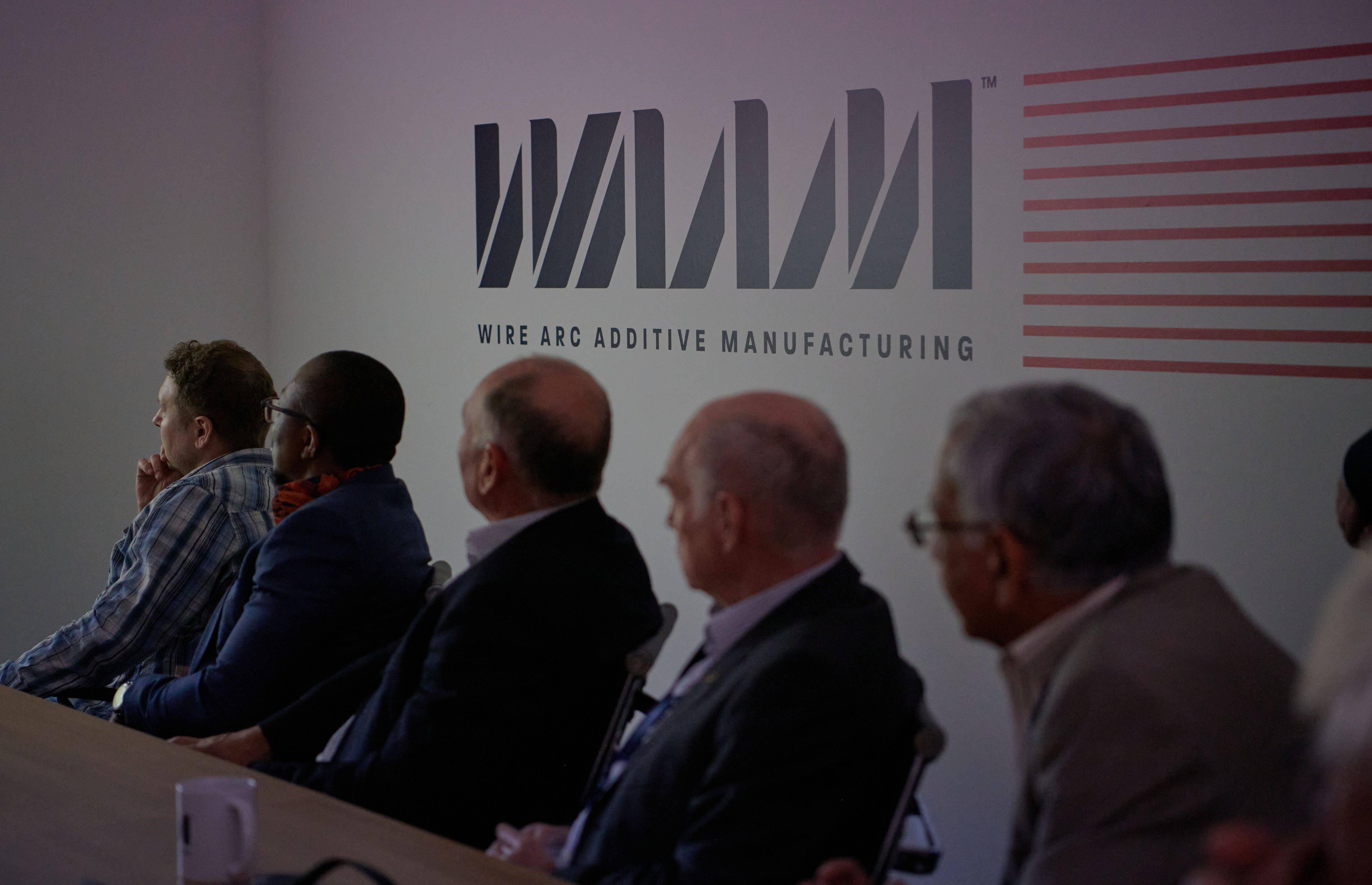Wire or Powder-Based Additive Manufacturing?

If a Wire versus Powder comparison is carried out, it is easy to see where WAAM stands out.
Additive manufacturing (AM) has been identified as an essential part of the Fourth Industrial Revolution and cited as an effective and promising method to reduce Critical Raw Materials (CRMs) used in a wide variety of industrial production processes [i-iii].
The call for even wider adoption of AM is because as a process it can deliver significant material efficiencies and weight reductions compared with subtractive manufacturing solutions. However, there is a range of AM technologies to choose from. Here is an overview of Wire Arc Additive Manufacturing (WAAM) and how it compares with powder-bed fusion technologies.
WAAM – the benefits
The WAAM process is based on the same principal as other AM technologies in that a digital model is exported from a CAD file to build components by adding layers of material until the finished product has been created. Where it differs from powder-bed fusion systems - such as laser and electron beam ones – is that wire feedstock is fed through a nozzle to an arc energy source.
If a Wire versus Powder comparison is carried out, it is easy to see where WAAM stands out:
Wire feedstock – more availability
There is a wider range of raw material availability in wire feedstock, including steel, titanium, aluminium, and nickel alloys as well as more specialty alloys.
Wire - cost effective
Powder feedstock is a lot more expensive to buy than wire feedstock.
- AM-grade Titanium powder can be significantly more expensive than the average cost of Titanium wire.
- AM grade Stainless-Steel powder can be double the average cost of Stainless-Steel wire.
Wire – fewer safety issues
There are some safety concerns surrounding the use of powder in AM systems. The issue of breathing problems, lung diseases, skin problems and cancer have been raised, alongside a link to the onset of Alzheimer’s disease from prolonged exposure to some of the metals used in CRM-containing powders[iv].
Wire - material efficiencies
A significant amount of metal powder is needed to build a part, compared with wire, with large amounts of the powder material going unused and needing to be reclaimed or discarded. Although powder is wasted and degraded in each build process - and typically 15-25 times more powder is needed than the part mass - there is minimal wastage of wire in the WAAM process; with only the amount of wire that will be used in the build process needing to be purchased. Additionally, stored wire suffers little degradation compared to powder, meaning work-in-progress waste is minimised.
Wire – cost effective
The cost of putting down a kilogram of printed material is less when using WAAM than when using laser-based machines, making WAAM a more cost-effective option when creating parts.
Wire – higher quality feedstock and deposition
Wire has very regular geometry without internal defects and low surface area. This leads to WAAM inherently having high quality with no porosity due variability in feedstock quality.
As can be seen, for large-scale structure composition, WAAM offers a range of benefits over powder-based technologies. For more information on how WAAM can benefit you, contact us here.





